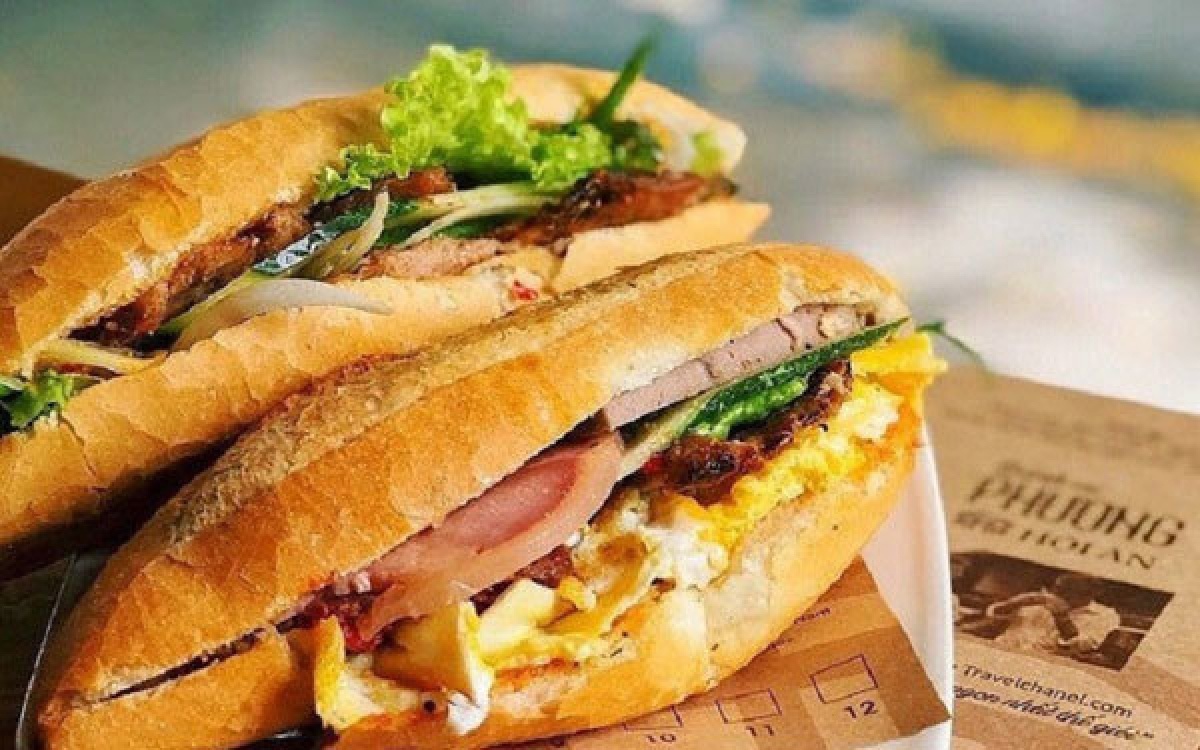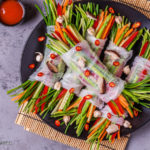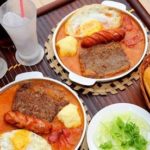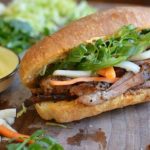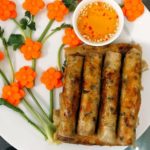This plan was set out during an international conference on Vietnamese baguette held in Ho Chi Minh City on October 11 by Thanh Nien (Youth) newspaper, the World Association of Master Chefs’s Vietnam Chapter in Ho Chi Minh City, Van Lang University and Saigontourist.
Dr. Nguyen Cao Tri, chairman of the Board of Directors of Van Lang Education Group, said Banh Mi represents a special part of the local culinary culture, particularly as this kind of food can be found on the street or at luxury parties, making it an indispensable part of the cuisine of both Vietnamese people and foreign visitors.
On March 24, 2011, Banh Mi was officially admitted into the Oxford English Dictionary.
Since 2020, Google Doodle has celebrated the savory and satisfying Vietnamese street-food, describing it as a smorgasbord of unique flavours that represent a true melting pot of cultures and ingredients alike.
Through the conference, over 1,000 delegates expressed their hope that March 24 will soon be recognised as Day of Vietnamese Baguette annually.
10 Best Vietnamese Food
Vietnamese food is known to be both healthy and robust in flavour, thanks its generous combination of fresh herbs and greens, paired with rice, noodles, seafood, pork and beef. While many cities such as Hanoi and Ho Chi Minh City offer plenty of fine-dining venues and five-star hotel restaurants decked out in extravagant settings, some of the best (and most authentic) Vietnamese delicacies are actually found at roadside eateries, vibrant street markets, and humble-looking restaurants. A typical meal includes rice or noodles, a meat or seafood dish, a vegetable dish, soup and nuoc cham (fermented fish sauce) for dipping, each of which can easily customised according to your preference. Here’s a helpful guide on what to eat in Vietnam, most of which can be enjoyed just about any time of the day. While most are familiar with pho or spring rolls, there’s a wide range of Vietnamese dishes only available in certain regions so be sure to try them out during your visit.
